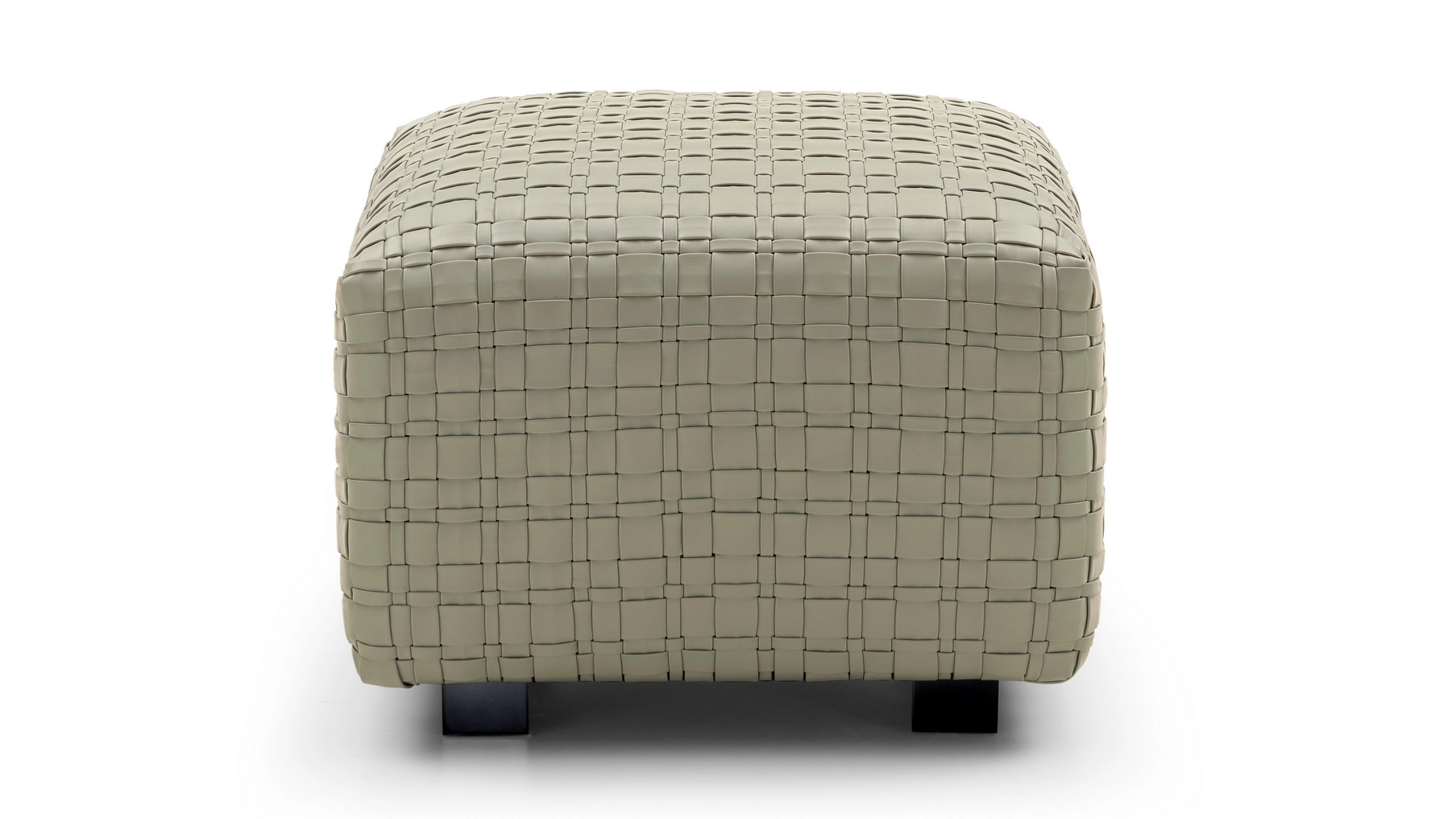The Ultimate Guide to Chairs: Types, Ergonomics, Materials, Styling, and Care
The right chair supports your posture, enhances productivity and relaxation, and elevates your interior design. This guide covers chair types and use cases, ergonomics, materials, sizing and layout, styling tips, and care so you can select seats that look good and feel great.
Chair Types and Use Cases
- Dining chairs: Balanced comfort and support for meals; choose durable, easy-to-clean finishes.
- Office/ergonomic chairs: Adjustable height, lumbar support, seat depth, tilt tension, and breathable mesh or supportive foam.
- Accent chairs: Visual focal points for living rooms and bedrooms; swivel, wingback, and barrel chairs add personality.
- Lounge chairs & recliners: Deep seats and recline mechanisms for relaxation; check head and lumbar support.
- Armchairs & club chairs: Cozy, enveloping shapes perfect for reading nooks.
- Bar & counter stools: Verify seat height vs. counter height; footrest and backrest improve comfort.
- Outdoor chairs: Weather-resistant frames and quick-dry cushions built for the elements.
Ergonomics and Comfort
Support natural alignment to reduce strain:
- For office chairs, aim for knees at ~90°, feet flat, and neutral wrists at the keyboard.
- Seat depth: maintain 2–3 inches (5–7.5 cm) of clearance behind knees.
- Lumbar support: adjustable or well-contoured backrest that supports the lower back.
- Armrests: adjustable height and width to keep shoulders relaxed.
- Movement: tilt, recline, and dynamic mechanisms encourage healthy micro-movements.
Materials and Upholstery
- Wood: Oak, ash, walnut for strength; look for mortise-and-tenon or dowel joinery.
- Metal: Steel and aluminum frames; powder coating prevents rust.
- Plastics: Polypropylene and fiberglass for molded designs; lightweight and easy to clean.
- Upholstery: Performance fabric resists stains; leather is durable and patinas well; velvet adds luxe texture.
Sizing and Layout
- Dining sets: Table height ~30 in (76 cm); chair seat height 17–19 in (43–48 cm); 24 in (61 cm) width per person.
- Bar vs. counter stools: Counter seat 24–26 in (61–66 cm) for 36 in (91 cm) counters; bar seat 28–30 in (71–76 cm) for 42 in (107 cm) bars.
- Living rooms: Keep ~18 in (46 cm) between chair and coffee table; allow 36 in (91 cm) for walkways.
Styling Tips
- Mix materials for depth: a leather armchair with a wood side table and metal lamp.
- Balance silhouettes: pair slim dining chairs with chunkier tables, and vice versa.
- Unify with color: repeat an accent color from art or rugs in chair upholstery or cushions.
- Consider maintenance: performance fabrics and darker tones for high-traffic dining rooms.
Care and Maintenance
- Follow fabric codes: W (water-based), S (solvent), WS (either), X (vacuum only).
- Condition leather every 6–12 months; keep away from direct sun and heat vents.
- Add felt pads under legs; re-tighten screws and joints to prevent wobble.
- Spot clean promptly; test cleaners in inconspicuous areas.
Buying Checklist (Quick Reference)
- Match chair type to use case: dining, office, lounge, or outdoor.
- Test ergonomics: lumbar support, seat depth, adjustability, and overall comfort.
- Confirm sizing: seat height vs. table/desk; spacing for layouts and walkways.
- Choose durable materials and easy-to-clean upholstery for your environment.
- Align style and color with the room’s palette and textures.
FAQs
What is the best chair for long hours at a desk?
An ergonomic office chair with adjustable lumbar support, seat depth, and tilt mechanisms, plus a breathable back, is ideal for extended work sessions.
How tall should dining chairs be?
For standard 30 in (76 cm) dining tables, choose 17–19 in (43–48 cm) seat height and allow 10–12 in (25–30 cm) of clearance between seat and tabletop.
Conclusion: Choose Chairs That Support Life
The best chairs combine ergonomic support, durable materials, and a style that complements your home. Prioritize fit and comfort first, then pick finishes and colors that unify the space for seating that looks good and feels better.

















